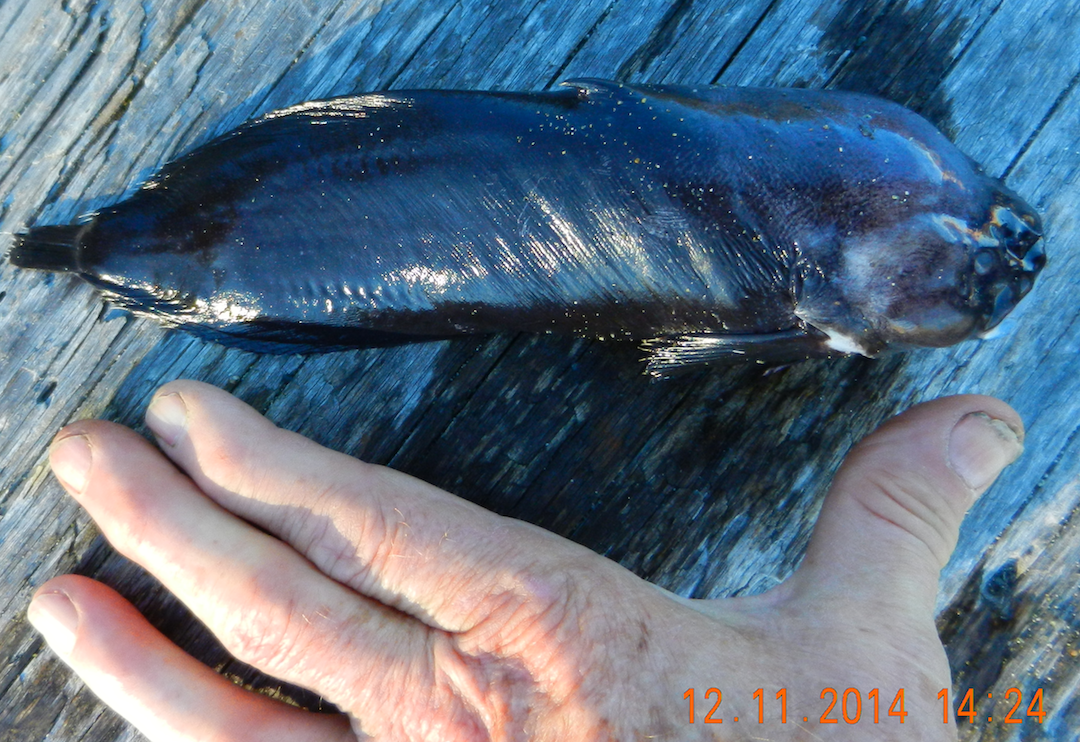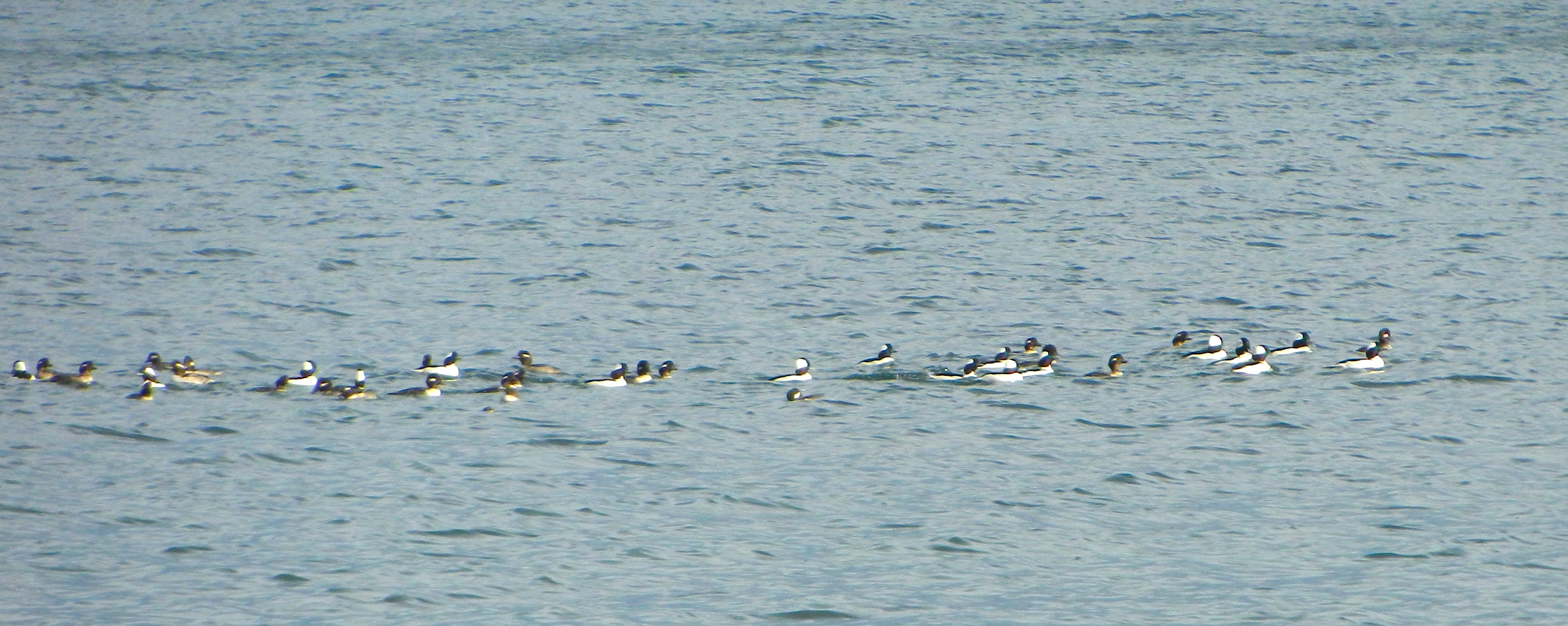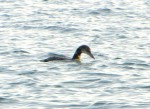My dog led me to this very unusual fish washed up on the shore today, Nov. 12 -2014. There was a brisk cold wind blowing from the North east, with a two-foot chop.
I am posting it here to try to get it identified.
Possibilities here on Fishbase

Note sucker on ventral side

very small eyes indicating it may be an abyssal species.

lateral view of unidentified fish species G. Fletcher photos

Length 24 cm.

Family Liparidae

Liparidae ventral view
A good suggestion has been made by Rick Harbo that it is a snail fish (Liparidae)
From Fishbase:
Deep fin Classification :Osteichthyes | Actinopterygii | Actinopteri | Neopterygii | Teleostei | Osteoglossocephalai | Clupeocephala | Euteleosteomorpha | Neoteleostei | Eurypterygia | Ctenosquamata | Acanthomorphata | Euacanthomorphacea | Percomorphaceae | Percomorpharia | Perciformes | Cottoidei | Liparidae
Also From Fishbase:
“Liparidae – (Snailfishes) Distribution: Arctic to Antarctic, Atlantic, and Pacific. Body elongate, scaleless (small prickles in some) and skin jellylike; dorsal fin (28-82 soft rays) and anal fin (24-76 soft rays) long, confluent, or nearly so with caudal fin; pelvic fin (disc) absent in species of Paraliparis and in the monotypic Nectoliparis; nostrils single or paired (usually in Liparis); vertebrae 38-86. Maximum length about 50 cm. Occur from tidepools to depths of over 7,000 m.”
Below: I took this image in late November of a red-breasted merganser female eating what may be one of these fish. I am not sure if she actually got it down whole!


































